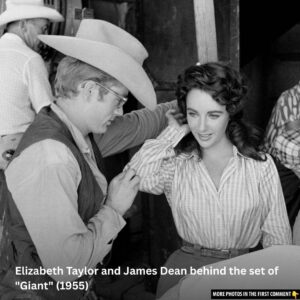Do you recall those cozy evenings spent in front of the TV, eagerly awaiting the next episode of your favorite series? If you do, chances are, those memories are wrapped in nostalgia, taking you back to a time when television was simpler, yet incredibly captivating. Shows from the golden age of television not only entertained but also shaped the cultural landscape of their time. Whether you remember them fondly or are curious to learn more, there’s always something new to discover about these iconic series that have left a lasting legacy. Let’s take a trip down memory lane and explore some fascinating facts about these beloved TV classics.
Introduction
In the golden age of television, few shows captured the American spirit quite like Wagon Train. Airing from 1957 to 1965, this classic Western series followed the perilous journey of settlers as they ventured across the vast, untamed American West. With its compelling characters, gripping storylines, and an impressive roster of guest stars, Wagon Train became a defining show of its era, influencing countless others and leaving a legacy that endures to this day.
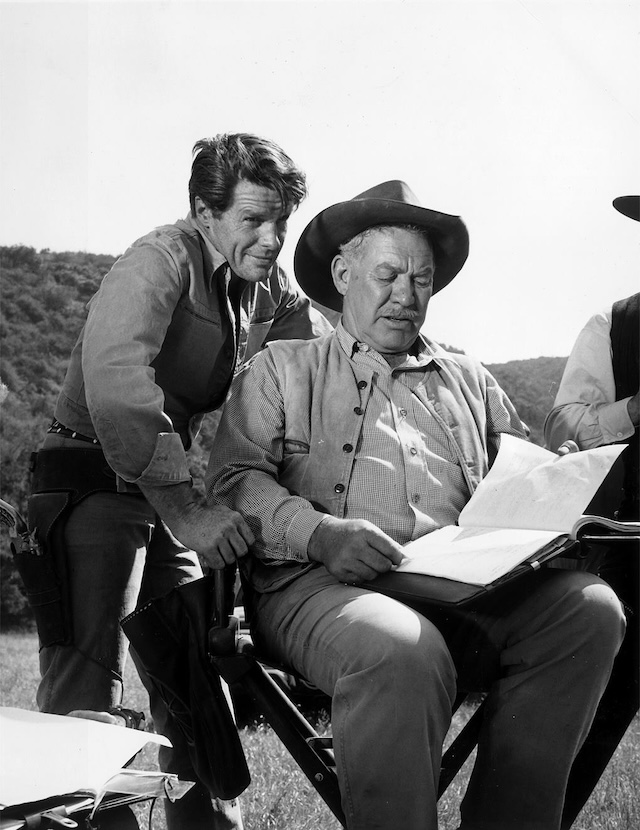
The Pioneering Premise of Wagon Train
Set in the post-Civil War era, Wagon Train followed a caravan of settlers as they traveled from St. Joseph, Missouri, to the West Coast. Led by the seasoned Major Seth Adams (Ward Bond), and guided by the fearless scout Flint McCullough (Robert Horton), the group faced an array of challenges on their journey through the treacherous terrain of the Indian-controlled Great Plains and the rugged Rocky Mountains.
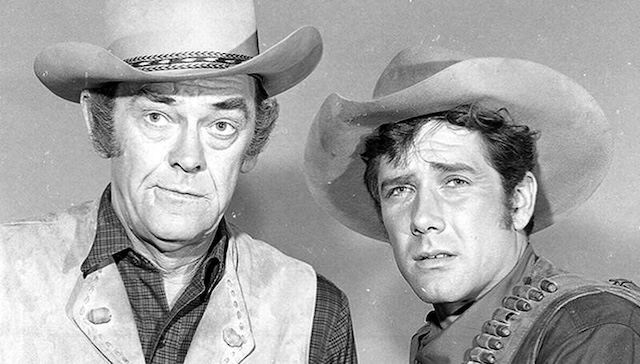
Each episode of Wagon Train was a self-contained story, focusing on the unique experiences of different characters—many of whom were played by guest stars. This format allowed the show to explore a wide range of themes, from survival and justice to love and betrayal, all set against the backdrop of the American frontier.
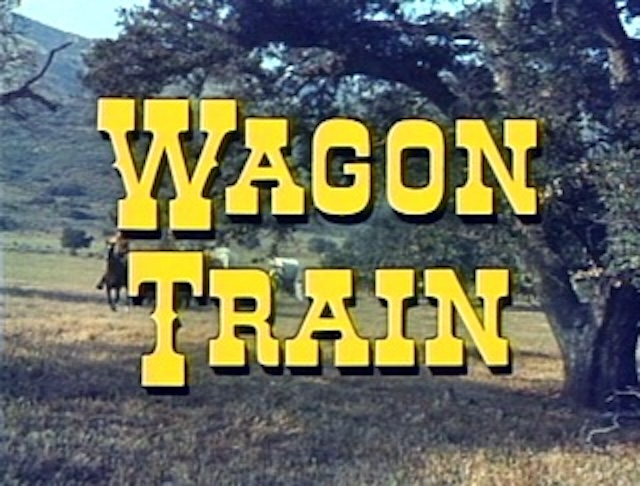
A Star-Studded Ensemble
One of the most remarkable aspects of Wagon Train was its ability to attract top Hollywood talent. Over its nine-season run, the show featured guest appearances from some of the biggest names in entertainment, including Bette Davis, Barbara Stanwyck, Henry Fonda, and Ronald Reagan. Even the legendary John Wayne made an uncredited cameo as General Sherman—his only dramatic role in a television series.
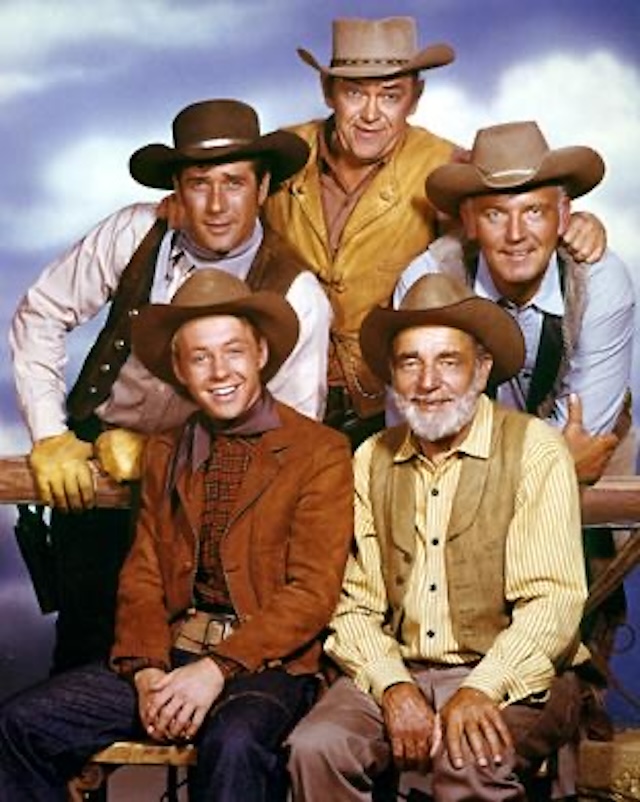
These guest stars brought their own flair to the show, elevating Wagon Train from a standard Western series to a television event that audiences eagerly anticipated each week.
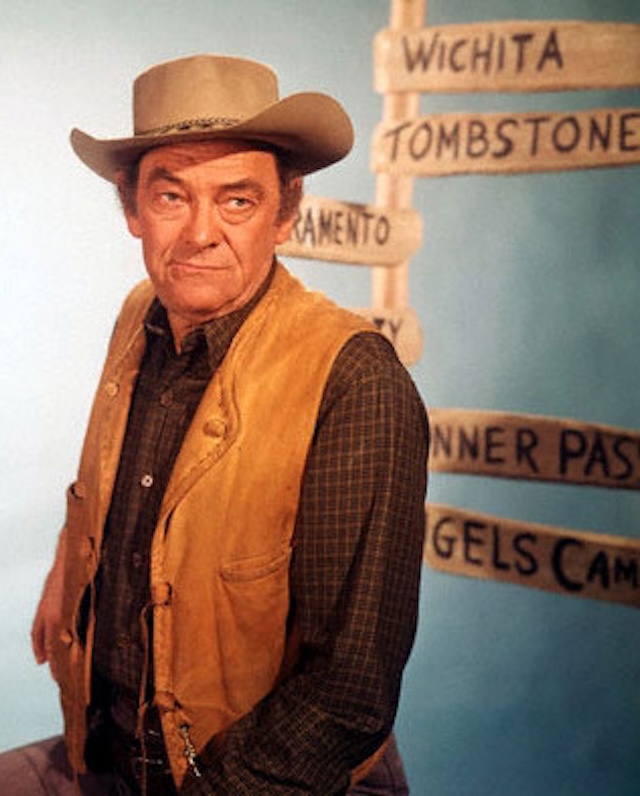
Behind the Scenes: Changes and Challenges
Wagon Train was not without its share of challenges. The show underwent significant changes, particularly after the death of Ward Bond in 1961. Bond’s passing was a major blow, but the series continued with John McIntire stepping in as the new wagonmaster, Christopher Hale. Robert Horton, who had become synonymous with his role as Flint McCullough, left the show in 1962. He was replaced by Robert Fuller, who took on the role of Cooper Smith, bringing his own dynamic to the series.
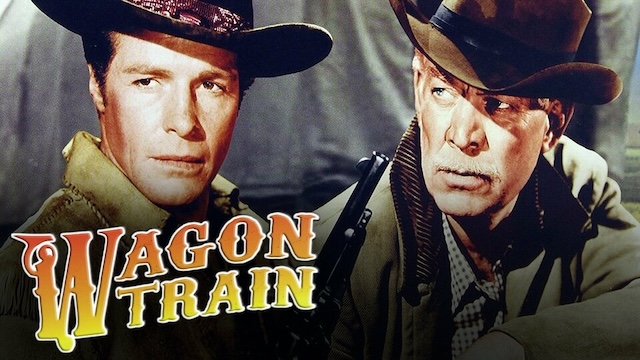
In a bid to keep the show fresh, Wagon Train was expanded from its original 52-minute, black-and-white format to a 90-minute color format in 1962. However, this transition to color proved less successful, as audiences were more accustomed to the show’s original style. Despite these changes, Wagon Train continued to captivate viewers until its final episode in 1965.
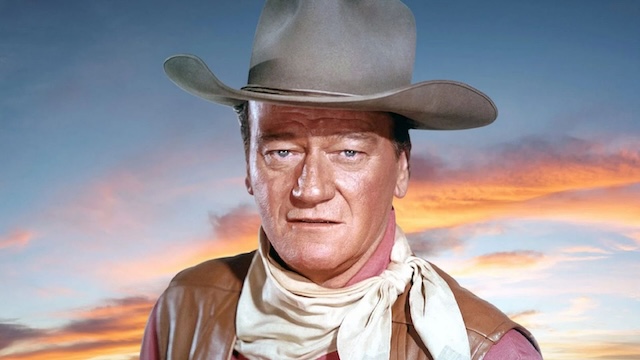
The Enduring Legacy of Wagon Train
Wagon Train was more than just a popular TV show; it was a cultural touchstone that influenced future television series, including Gene Roddenberry’s Star Trek, which he famously described as “Wagon Train to the stars.” The show’s rotating cast of characters and guest stars became a model for other series, proving that television could be a platform for storytelling as diverse and dynamic as any film.
Even today, Wagon Train remains a beloved series, cherished by fans of classic television and Westerns alike. Its legacy is evident in the countless shows it inspired and the memories it continues to evoke for those who grew up watching it.
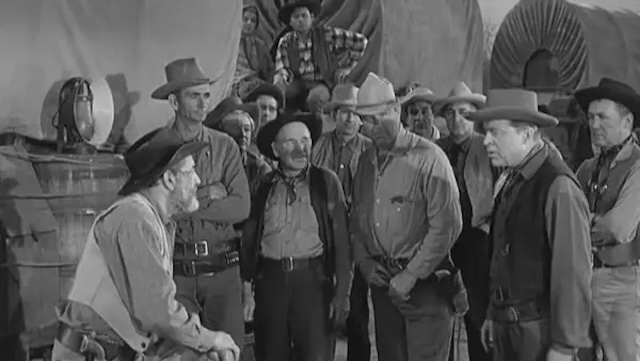
Conclusion
Wagon Train stands as a testament to the power of storytelling and the enduring appeal of the American West. Through its compelling characters, adventurous plotlines, and the star power it brought to the small screen, the show carved out a unique place in television history. For those who remember its original run, and for new viewers discovering it for the first time, Wagon Train offers a journey through the heart of America’s frontier spirit—one that continues to captivate and inspire.
